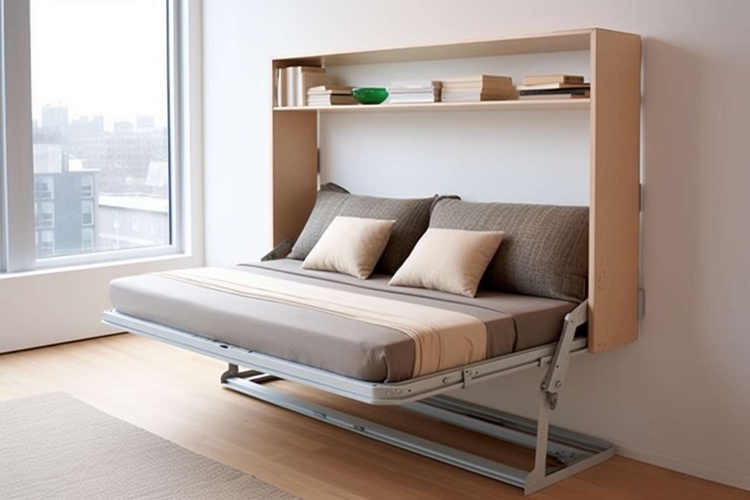Micro-Apartments: The Future of Urban Living?
Introduction: In bustling metropolises worldwide, a housing revolution is quietly unfolding. As urban populations swell and living costs soar, micro-apartments are emerging as an innovative solution to the housing crunch. These compact living spaces, typically under 400 square feet, are reshaping cityscapes and challenging traditional notions of home. But what's driving this trend, and is it here to stay?

Driving Factors Behind the Trend
Several factors are fueling the micro-apartment boom. Urbanization continues to accelerate, with the United Nations projecting that 68% of the world’s population will live in urban areas by 2050. This influx of city dwellers, coupled with skyrocketing real estate prices, has created a pressing need for affordable housing options. Micro-apartments offer a path to homeownership or independent living for young professionals, students, and others priced out of traditional housing markets.
Design Innovations in Small Spaces
Architects and designers are rising to the challenge of creating livable, even luxurious, environments within tight spatial constraints. Modern micro-apartments often feature high ceilings, large windows, and open floor plans to create a sense of spaciousness. Clever design elements like Murphy beds, convertible furniture, and built-in storage systems help residents make the most of every square inch. Some developments even incorporate shared amenities like rooftop gardens, co-working spaces, and fitness centers to extend living space beyond individual units.
Financial Implications for Investors and Developers
From an investment perspective, micro-apartments present an intriguing opportunity. Developers can potentially generate higher per-square-foot rental income compared to traditional apartments. In prime urban locations, a well-designed micro-unit can command rents similar to those of larger apartments while requiring less land and construction costs. However, investors should be aware of potential challenges, including higher turnover rates and the need for more frequent unit maintenance due to intensified use of space.
Regulatory Hurdles and Urban Planning Considerations
The proliferation of micro-apartments has not been without controversy. Many cities are grappling with how to regulate these units, balancing the need for affordable housing with concerns about overcrowding and quality of life. Some municipalities have revised minimum square footage requirements or implemented special zoning allowances to accommodate micro-unit developments. Urban planners must also consider the impact of higher-density housing on local infrastructure, from public transportation to waste management systems.
Psychological Impact of Micro-Living
While micro-apartments offer a practical solution to urban housing shortages, questions remain about the long-term psychological effects of living in such small spaces. Some studies suggest that constrained living environments can lead to increased stress and decreased well-being. However, proponents argue that well-designed micro-units can actually enhance quality of life by reducing clutter, lowering living costs, and locating residents in desirable urban centers. The key may lie in thoughtful design that prioritizes livability and community connection.
The Future Outlook for Micro-Apartments
As cities continue to densify and housing affordability remains a pressing issue, the micro-apartment trend shows no signs of slowing. However, the future of these tiny dwellings may involve evolution rather than simple proliferation. Innovations in modular construction and smart home technology could make micro-units even more efficient and adaptable. Some developers are exploring concepts like stackable units or apartments with movable walls to create flexible living spaces that can grow or shrink as needed.
Conclusion
Micro-apartments represent a bold reimagining of urban living for the 21st century. While they may not be suitable for everyone, these compact dwellings offer a viable solution to some of the most pressing challenges facing modern cities. As the trend continues to evolve, it will be crucial for developers, policymakers, and urban planners to work together to ensure that micro-apartments contribute positively to the urban fabric. Whether viewed as a temporary housing solution or a long-term lifestyle choice, micro-living is undoubtedly reshaping our concepts of home and community in the urban landscape.





